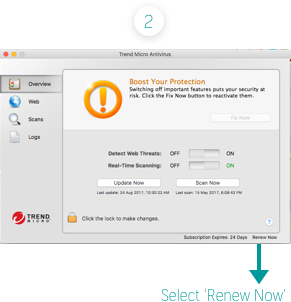
As such, many of the kinds of malware listed here also qualify as spyware. Spyware is any type of malware that installs itself on a user’s computer in order to gather confidential information and transmit it to third parties in exchange for money. Types of ransomware include crypto ransomware, ransomware-as-a-service (RaaS), scareware, and doxware. It has grown rapidly in prevalence due to its success at targeting businesses to extort a large sum of money. Ransomware is an extreme form of malware that takes over a victim’s device completely and locks it until the ransom money is paid. Some of the most prominent types of malware include ransomware, spyware, cryptojacking, rootkits, keyloggers, Trojan horses, botnets, polymorphic malware, and malvertising. Malware comes in many different shapes and sizes, which infiltrate your system in various ways and perform different functions on it.

Hackers use a mix of brute passwords, ransomware, spyware, etc., to exfiltrate data from users’ computers, destroy computer systems, hold PCs hostage, and sell personal and financial data on the dark web for a substantial profit.

The estimated global average cost of a data breach is $4.35M per year, with the worldwide number of malware incidents reaching 5.5 billion in 2022. The primary aim behind this huge surge in malware attacks is to extract information illegally and earn money.Ĭybercrime is big business. Bottom line: Protecting against malware threats.


 0 kommentar(er)
0 kommentar(er)
